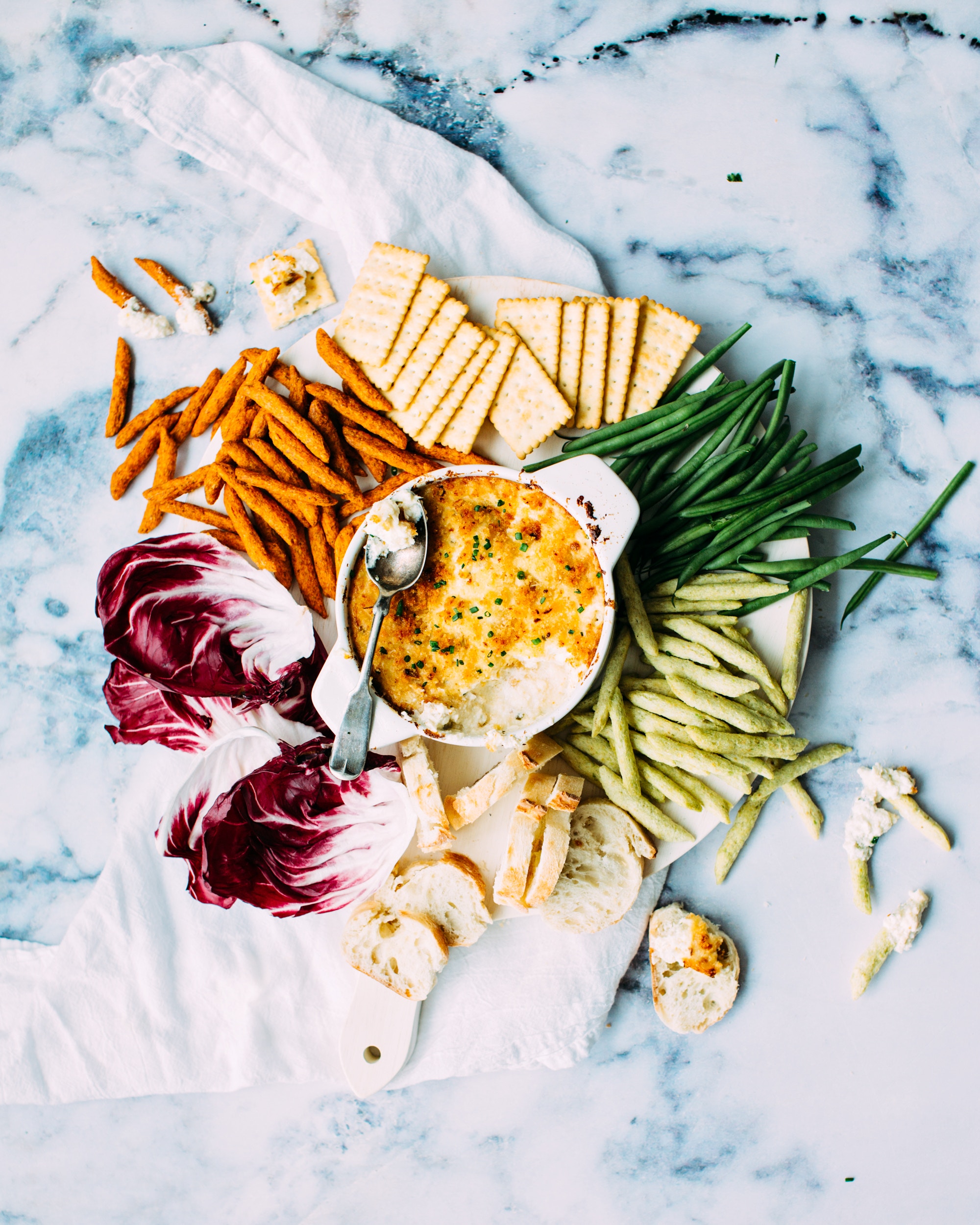Turmeric and Ginger Harvest
/I am honored to participate in the harvest and cooking of fresh, organic turmeric and ginger grown in a Vermont greenhouse.
May the fruits of the harvest inspire us to find balance during this fall equinox time. Equal day and equal night call for a pause, a moment to revel in what surrounds us, appreciate it for what it is, and reflect on what's working in our lives and what we could let go.
Let these traditional Indian recipes inspire you to support your digestive health and immunity with turmeric and ginger. I have learned how to prepare these dishes from Dr. Vasant Lad, director of the Ayurvedic Institutes in India and New Mexico.
Ginger: warming, anti-inflammatory, soothes stomach cramps, reduces flatulence, alleviates common cold and flu symptoms. Clinical studies show that ginger consumption decreases arthritis pain and protects the liver from damage.
Turmeric: anti-cancer and anti-inflammatory, turmeric contains anti-inflammatory curcumin, which helps to heal GI diseases such irritable bowel syndrome. It prevents cancer cells from growing new blood vessels to feed themselves and induces the death of existing cancer cells. It also breaks up accumulated amyloid plaque in the brain that’s related to the onset of Alzheimer’s disease.
Rajma
Rajma means red kidney beans in Hindi. This is an adaptation of a traditional Punjabi recipe. These rich and hearty legumes are high in iron and protein. They support gut health with their fiber content.
To pressure cook* the beans:
¾ cups rajma (red kidney beans)
1 ½ cups water
*If you do not have a pressure cooker, just soak the beans overnight and boil in water until tender, about 45 minutes.
For rajma recipe:
2 tablespoons sunflower oil
1 bay leaf
1 small onion, chopped
2 teaspoons fresh grated ginger
2 teaspoons fresh grated turmeric
2 cloves fresh chopped garlic
1 ½ teaspoons red chili powder or 2 fresh chopped chilies
1 teaspoon coriander powder
1 teaspoon cumin powder
1 cup chopped tomatoes
½ teaspoon garam masala
Salt to taste
Wash dried rajma under running cold water till water runs clear.
Soak them in enough water for at least 8 hours or overnight.
If using canned beans, there is no need to soak or pressure cook them. Just rinse under the water and use beans in the recipe
Pressure cooking beans: discard the soaking water and add rajma to the pressure cooker with 3 ½ cups of fresh water. Close the lid and put the top on. Cook on high for 10 minutes then reduce the heat to low and cook for another 10 minutes. Let the pressure go down by itself and then open the cover. After pressure cooking the rajma, they should be soft and some of them will open up. Discard any leftover water from pressure cooking.
To prepare the rajma, heat the oil in a pan on medium heat. Once hot, add bay leaf and saute for 30 seconds. Add chopped onions and salt. Cook the onions till they are light brown in color, about 5 minutes. Saute ginger, turmeric and garlic for a minute.
Add tomato. Mix well and let it cook till all the moisture is evaporated and oil starts to leave the sides of the pan. do stir in between to make sure that it is not sticking to the pan. Add all spice powders. Mix well and cook for 10 minutes.
Add the beans, cook for 10 more minutes, and enjoy over rice.

Aloo Saag
In Hindi, aloo means potatoes and saag means spinach. This classic side dish can also be made with kale or collard greens.
You will need:
2 tablespoons sunflower oil or ghee (clarified butter)
1 onion, finely chopped
2 garlic cloves, sliced
1 inch each of freshly chopped turmeric and ginger
2 large potatoes, cut into chunks
½ tsp each: salt, cumin, and garam masala
1 tablespoon mustard
2 cups spinach leaves
Heat the oil in a large pan. Add the onion, garlic and ginger, and fry for about 3 minutes.
Stir in the potatoes and spices. Continue cooking and stirring for 5 minutes more. Add a splash of water, cover, and cook for 10 minutes.
Check the potatoes are ready by spearing with the point of a knife, and if they are, add the spinach and let it wilt into the pan. Take off the heat and serve with grilled chicken or cooked beans and rice.
Kitchari
Kitchari means mixture, usually of two grains. This is one kitchari recipe that is particularly nourishing and easy to digest. I like to prepare the rice and lentils separately and mix them in my bowl.
Rinse 1 cup long grain brown rice. Bring to a boil with 2 cups water. Reduce heat to simmer and cook, with lid askew, for 30 minutes.
In a skillet, heat 1 Tablespoon ghee or coconut oil with:
1 teaspoon salt
1 teaspoon each: mustard seed, cumin seed, cumin powder, coriander powder
1 inch each of freshly chopped turmeric and ginger
When seeds start popping, turn off heat and slowly pour mixture into cooking rice.
You can add zucchini, summer squash, peas, cauliflower, broccoli or asparagus to the rice.
For the lentil dahl, rinse 2 cups yellow split lentils. Drain and bring to a boil with 5 cups water.
Reduce heat to medium and cook, uncovered, for 30 minutes, stirring occasionally. Skim off any white foam that develops and discard it.
In a skillet, heat 1 Tablespoon ghee or coconut oil with:
1 teaspoon each: salt, cumin powder, coriander powder and garam masala
1 inch each of freshly chopped turmeric and ginger
Add vegetables such as beets, carrots, sweet potatoes, collards, kale and spinach to the skillet. Add 1 cup water, cover, and simmer on low heat for 15 minutes. Mix into the lentils, stir, and enjoy!












